Alexander Chistov
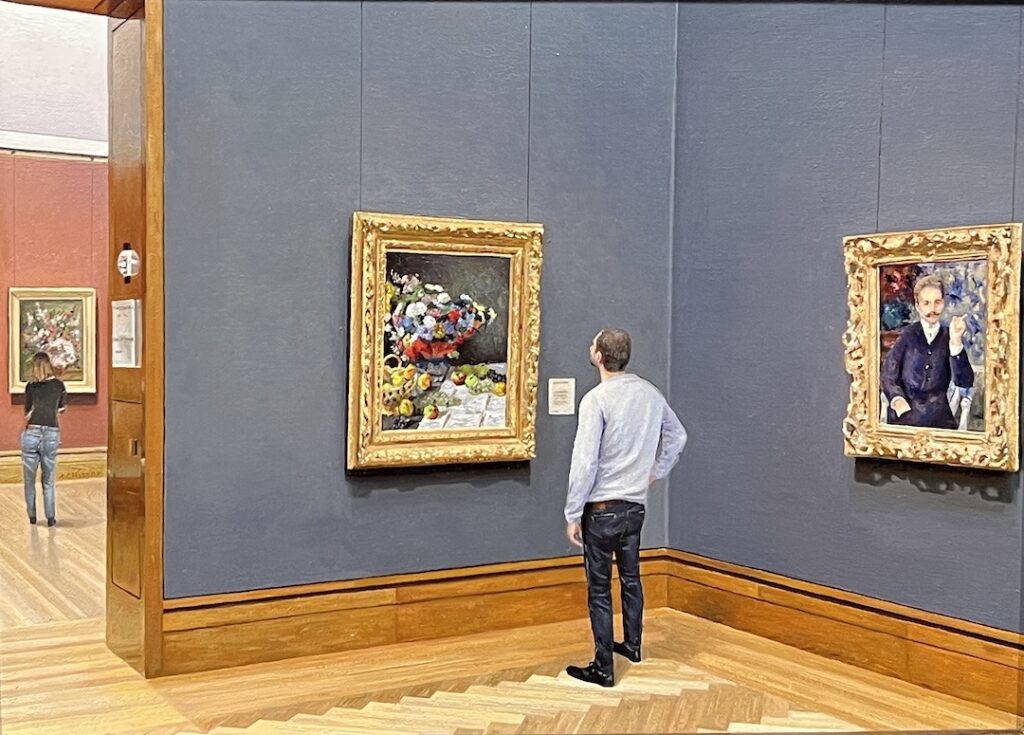 At Arcadia Contemporary through Sept. 20:
At Arcadia Contemporary through Sept. 20:
Russia, b. 1986, Impressionists, oil on aluminum, 9″ x 12″
the painting life
 At Arcadia Contemporary through Sept. 20:
At Arcadia Contemporary through Sept. 20:
Russia, b. 1986, Impressionists, oil on aluminum, 9″ x 12″
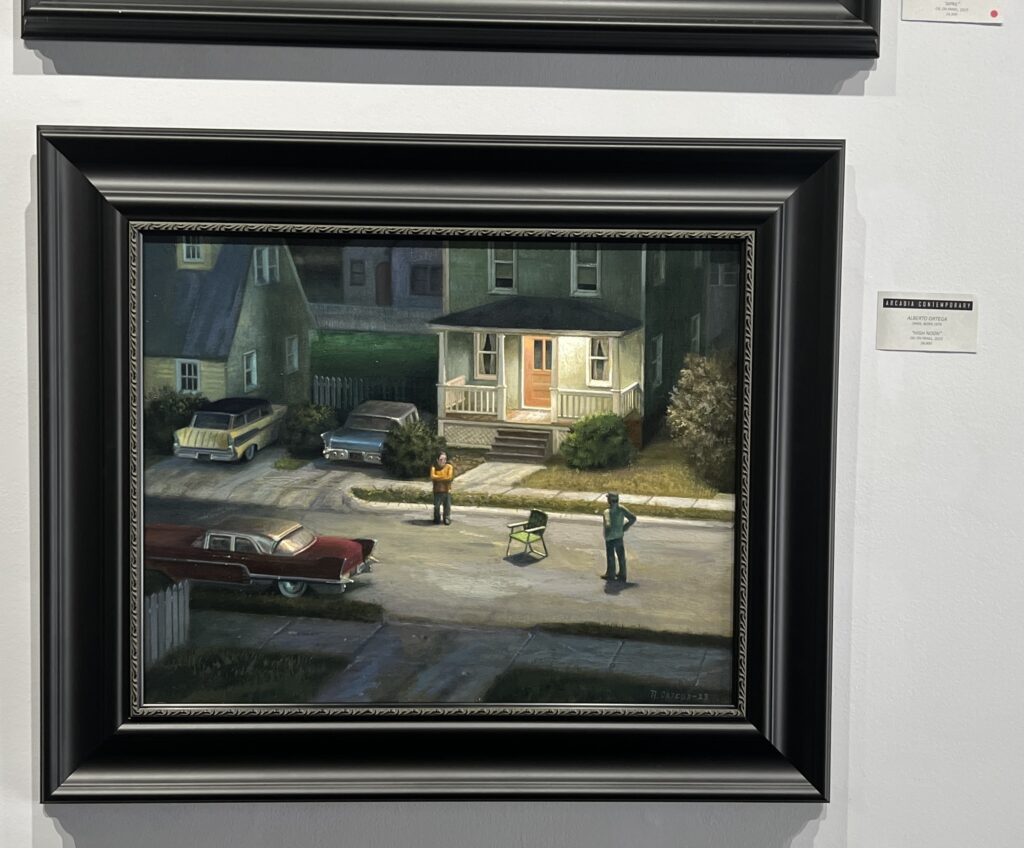 At Arcadia Contemporary through Sept. 20:
At Arcadia Contemporary through Sept. 20:
Spain, b. 1976, High Noon, oil on panel, 15″ x 20″
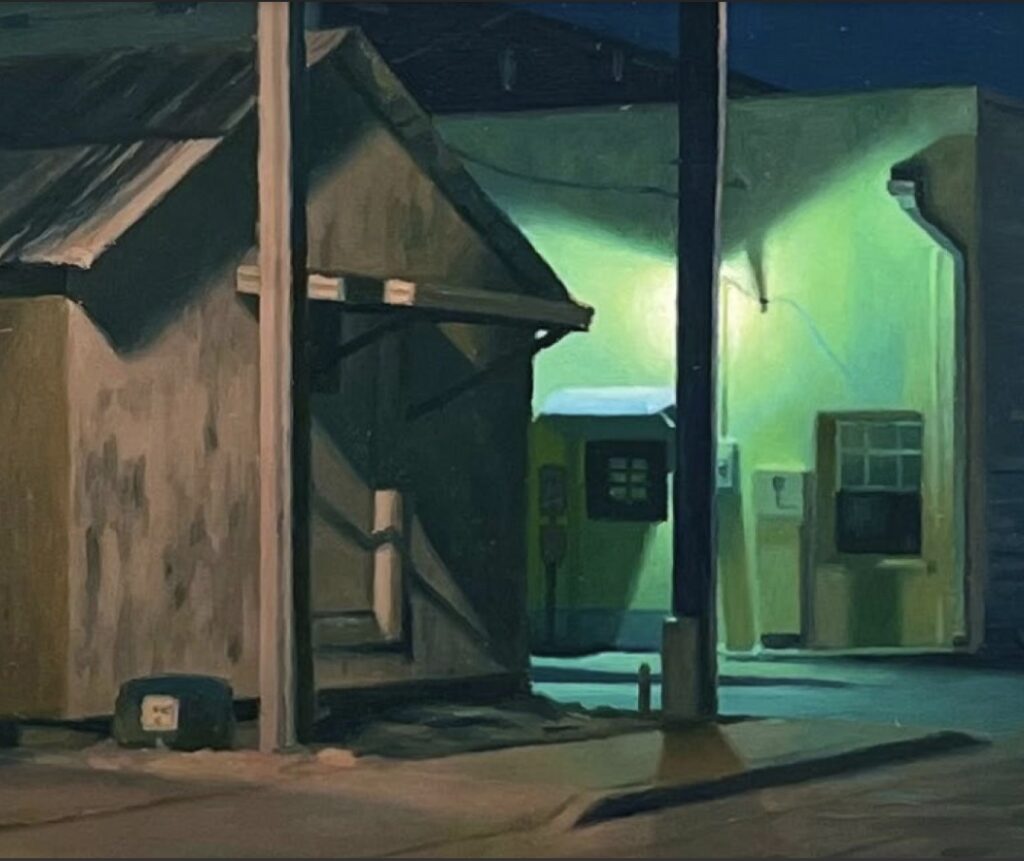 At Arcadia Contemporary through Sept. 20:
At Arcadia Contemporary through Sept. 20:
United States, b. 1964, “Grace”, oil on panel, 8″ x 8″
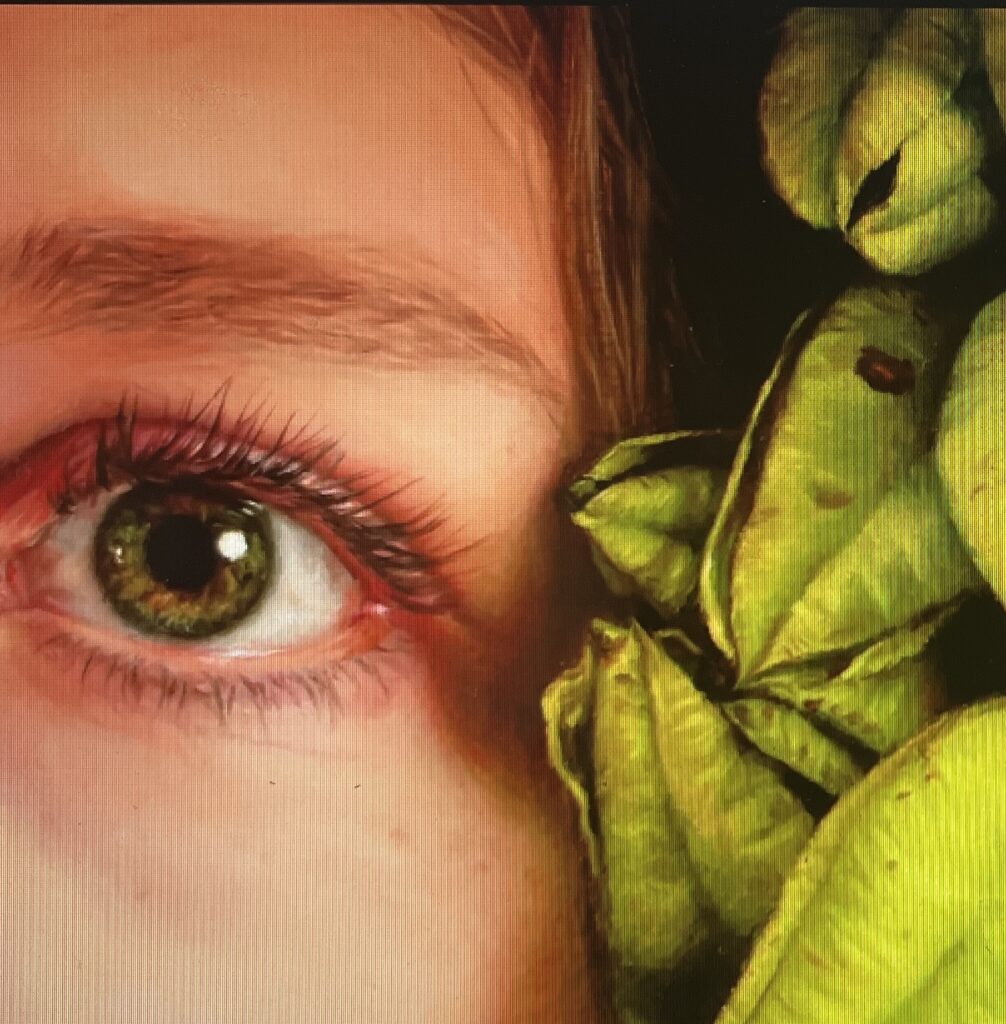 At Arcadia Contemporary through Sept. 20:
At Arcadia Contemporary through Sept. 20:
Australia, b. 1978, “At First Glance”, detail (4″ x 4″), oil on panel, full painting: 4″ x 16″
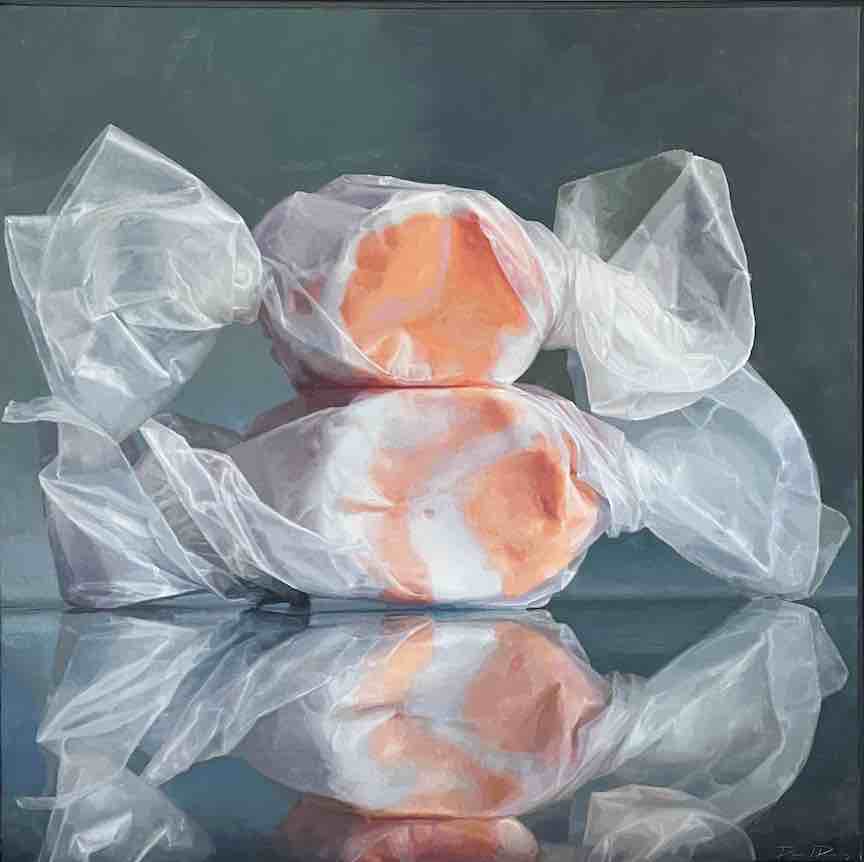
Summer Afternoon, oil on linen, 36″ x 36″
I’m sure when some people see my taffy paintings, including the most recent one above, they think of them as Pop and categorize any candy paintings with Jeff Koons or Thiebaud or one of the hyper-realists who do candy now. Yet Pop has really never been much of an interest for me except for some of Jim Dine’s work and Thiebaud’s landscapes. Anyone who sees the influence of Emily Eveleth’s donuts would be closest to the mark, since I’ve loved the simplicity and the lighting of her enlarged still lifes of pastry, her painterly approach to her medium and athe straight-forward depiction of what she sees without stylization, enlarged to the point where the subject assumes a new character. Many years ago, when I first saw one of her early glazed donuts in a New Yorker squib, I was moved by the way it was lit, set against a dark background out of the Dutch Golden Age. The fact that it was a loving, masterful painting of a donut amused me; but the irony of depicting such a humble guilty pleasure, with all the appreciative skill of Vermeer trying to capture light glancing from the curve of a milk pitcher, made her paintings seem not cynical but friendly, full of subtle feeling. She was adopting the repetitive simplicities of mid-20th century abstraction and applying similar strictures to representational painting. Who knew that if you lit a donut this way it would stir something in you other than than appetite? The donuts reminded me as well of Chardin’s use of humble, everyday objects from his own home in painting after painting–a painter whose rank among the masters decades ago inspired me to narrow most of my efforts to variations of still life painting. William Blake could see the infinite in a grain of sand. Still life painters see the world in a cup of coffee or a jelly bean.
The taffy paintings are still lifes restricted to the simplest possible terms. In the back of my mind I’ve always thought of minimalist color field painting as an inspiration for these variations in color, line, form, light and volume within an identical hashtag grid of nine vectors. Two pieces of salt water taffy sitting on the reflection of the lower piece arranges itself into nine segments, the three colored candies and the six ears of waxed paper on left and right, all of them rising in three ranks from the bottom edge. Within these limitations I experiment with unlimited shapes and colors, depending on the design of the taffy and the way the twists in the waxed paper create lines and forms that converge and run throughout the composition. Rothko was a remote inspiration with the way he reduced landscape painting to a kind of Taoist void: empty sky, horizon line, empty earth. Within this primordial view he experimented mostly with luminous color harmonies to evoke dramatically different responses with each painting. Over and over, he explored all the ways such a simple composition could express an endless range of feeling and perception, from joy to despair. The ways in which colors assume volume and shape in the taffy itself have always reminded me of Rothko, or Frederick Hammersley’s small abstracts with organic forms or Stella’s experiments with protractors or Barnett Newman’s zips. With the taffy I’ve found a way to pay subliminal homage to a lost age of painting, color field memories contained and congealed into these dollops of sugar wrapped in a haze of waxed paper.
When I arrange the taffy, usually on the granite countertop beside our kitchen sink, where the natural light is best for most of the ones I’ve done, I spend hours trying in some cases to rewrap them repeatedly until the bow-tie shape of the paper seems to unify into an actual shape rather than a veil of chaotic wrinkles. It’s like trying to build a tiny sculpture with nothing but your thumbs and forefingers. Then, once the lines and curves of the paper come together somehow, I balance one on top of the other and then photograph the candy at different angles to catch the light properly. Sometimes this can come together in ten minutes, other times it takes hours. But all I have in mind at this point is the formal unity of the image–to create something that looks as if it’s exactly as it should be as a result of the way form, light, line and color come together.
The taffy paintings hew closely to the way I think visual art most fundamentally works. The subject itself has no significance, narrative or otherwise, and the ways in which I get to the final image don’t arise from any desire to visualize a preconceived meaning or significance. Most of my work is meant to be a visual image devoid of consciously-invented signifiers. Yet through the purely formal struggle of arriving at the objects to paint and in the process of adopting colors and choosing paint in response to an image I’ve essentially built, I see resonances with times, places, feelings, certain experiences and even spiritual states. I don’t intentionally invest any of this into the work as I’m creating it. I want the painting to have no significance whatsoever, strictly speaking. It doesn’t stand for anything but itself, yet in looking at the finished work, I see through it, the way you see a world through a window, these periods in a person’s life: struggles, joys, states of mind, and so on. While my methods are as repetitive, dutiful, utterly subservient to the uniform process of making one painting after another, with little room for improvisation throughout the process, what’s happening behind all this essentially lowly labor is an act of discovery: how to get an object as meaningless as a chunk of taffy to become a window through which to see a world.
 At Arcadia Contemporary through Sept. 20:
At Arcadia Contemporary through Sept. 20:
United States, b. 1987, Leaving, oil on linen, 10″ x 16″
 At Arcadia Contemporary through Sept. 20:
At Arcadia Contemporary through Sept. 20:
United Kingdom, b. 1983, “Cours Vaillants I”, Oil on aluminum, 12″ x 12″
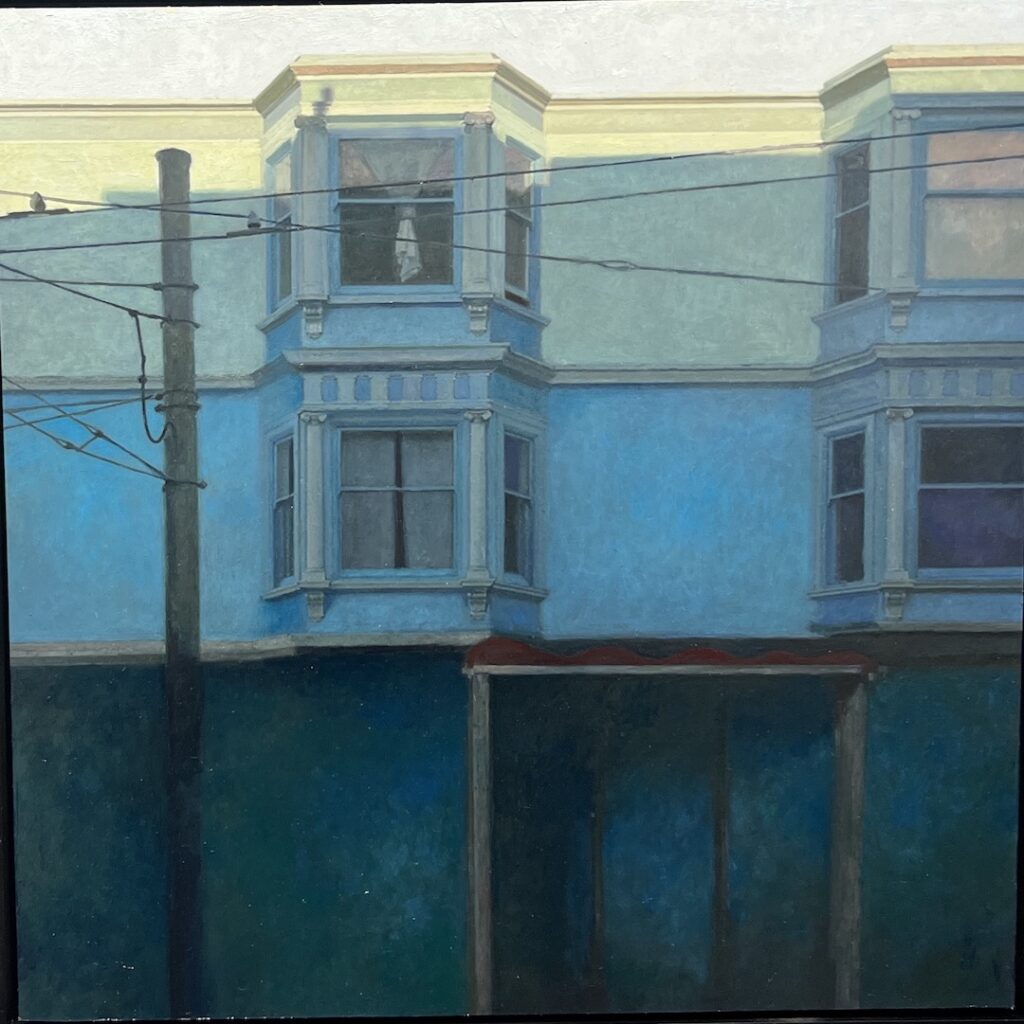 At Arcadia Contemporary through Sept. 20:
At Arcadia Contemporary through Sept. 20:
United States, b. 1968, Daybreak Fillmore, oil on panel 12″ x 12″.
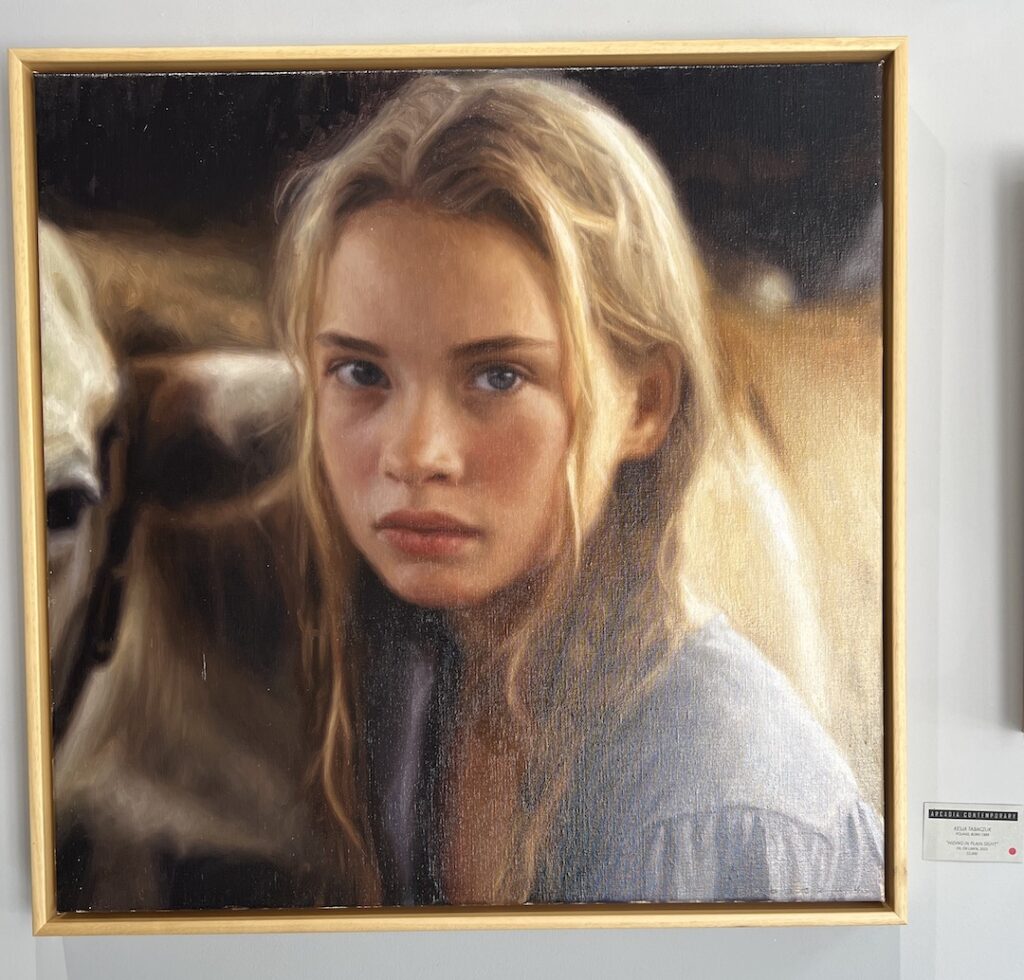 At Arcadia Contemporary through Sept. 20:
At Arcadia Contemporary through Sept. 20:
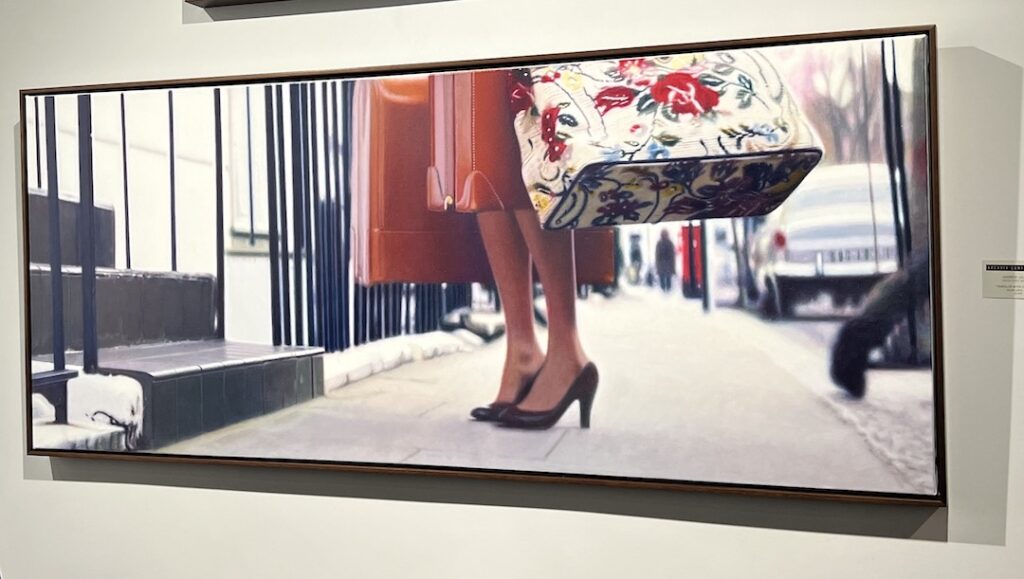
At Arcadia Contemporary through Sept. 20:
United States, b 1980, Traveler with a Coach Bag, Oil on Linen, 24″ x 58″.
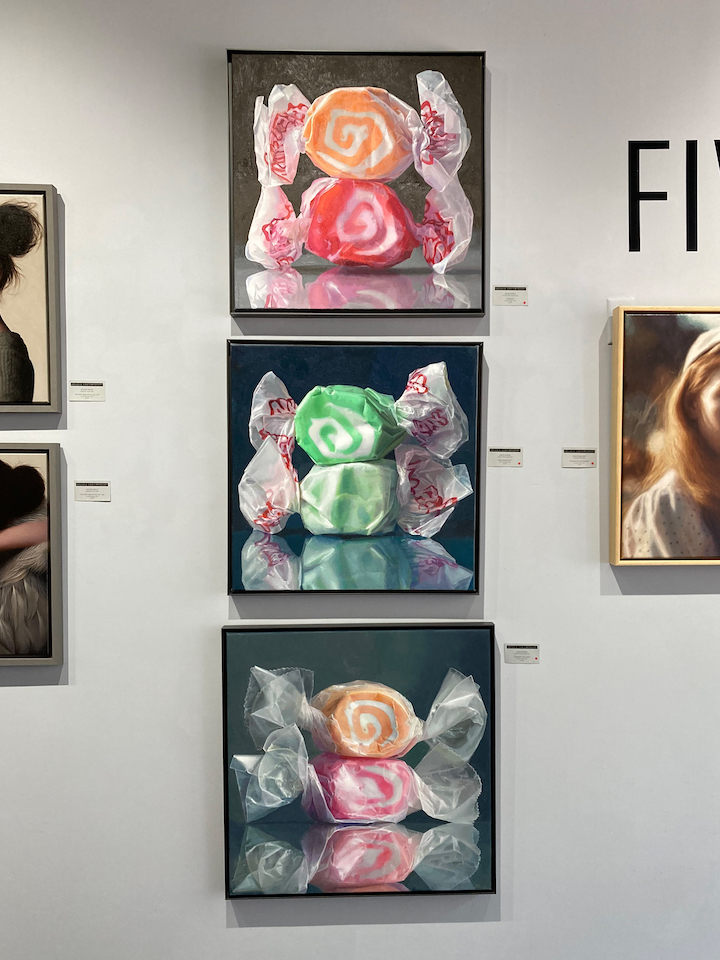
My three taffy paintings at Arcadia Contemporary through September.
Because response has been so strong since the show opened on Aug. 19, Arcadia Contemporary is extending it’s Five and Under Invitational show until Sept. 20. For the next couple weeks, I’m going to be posting images of what were, for me, the most striking work from painters around the world.